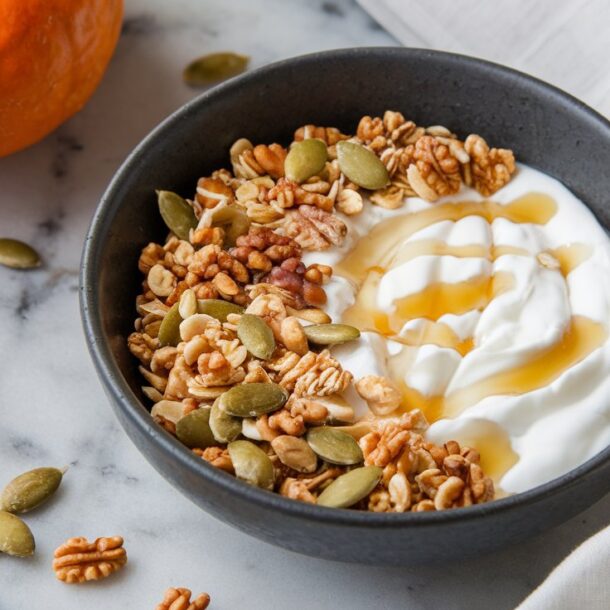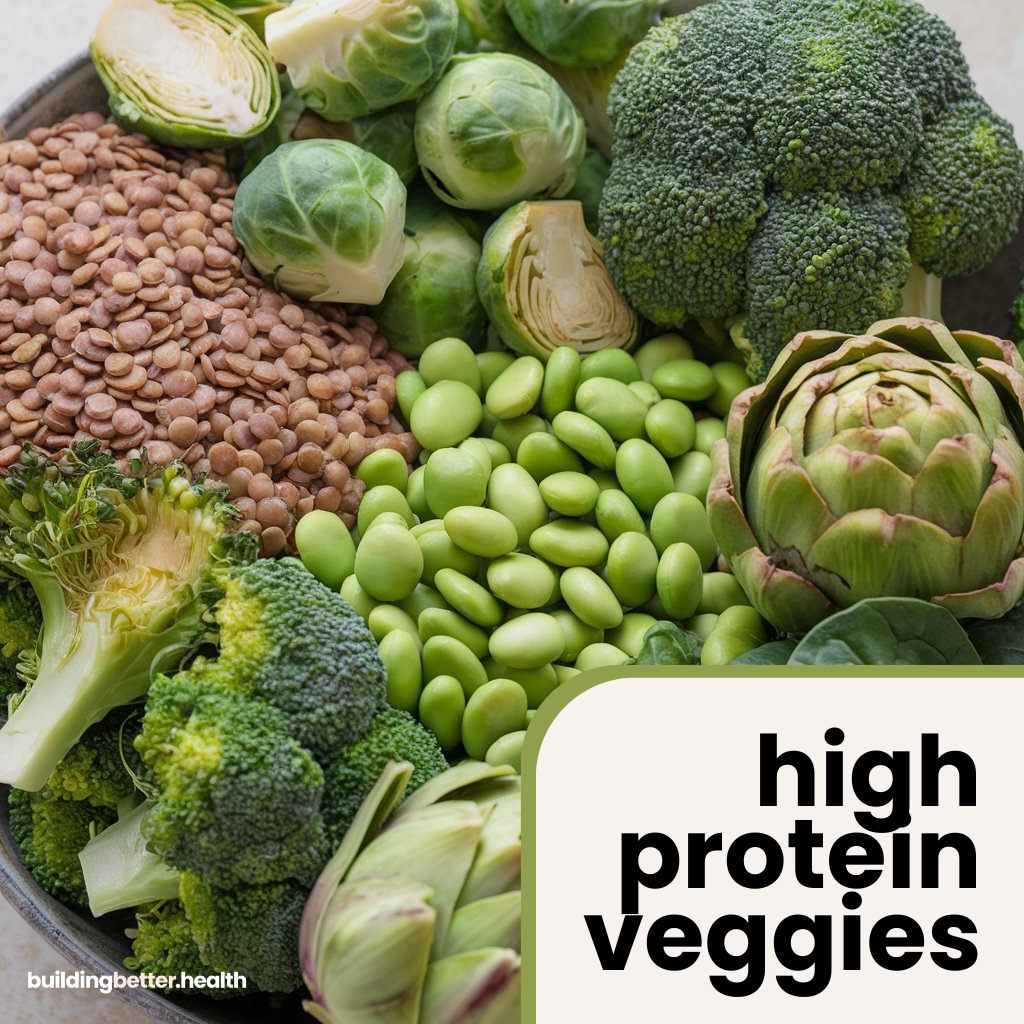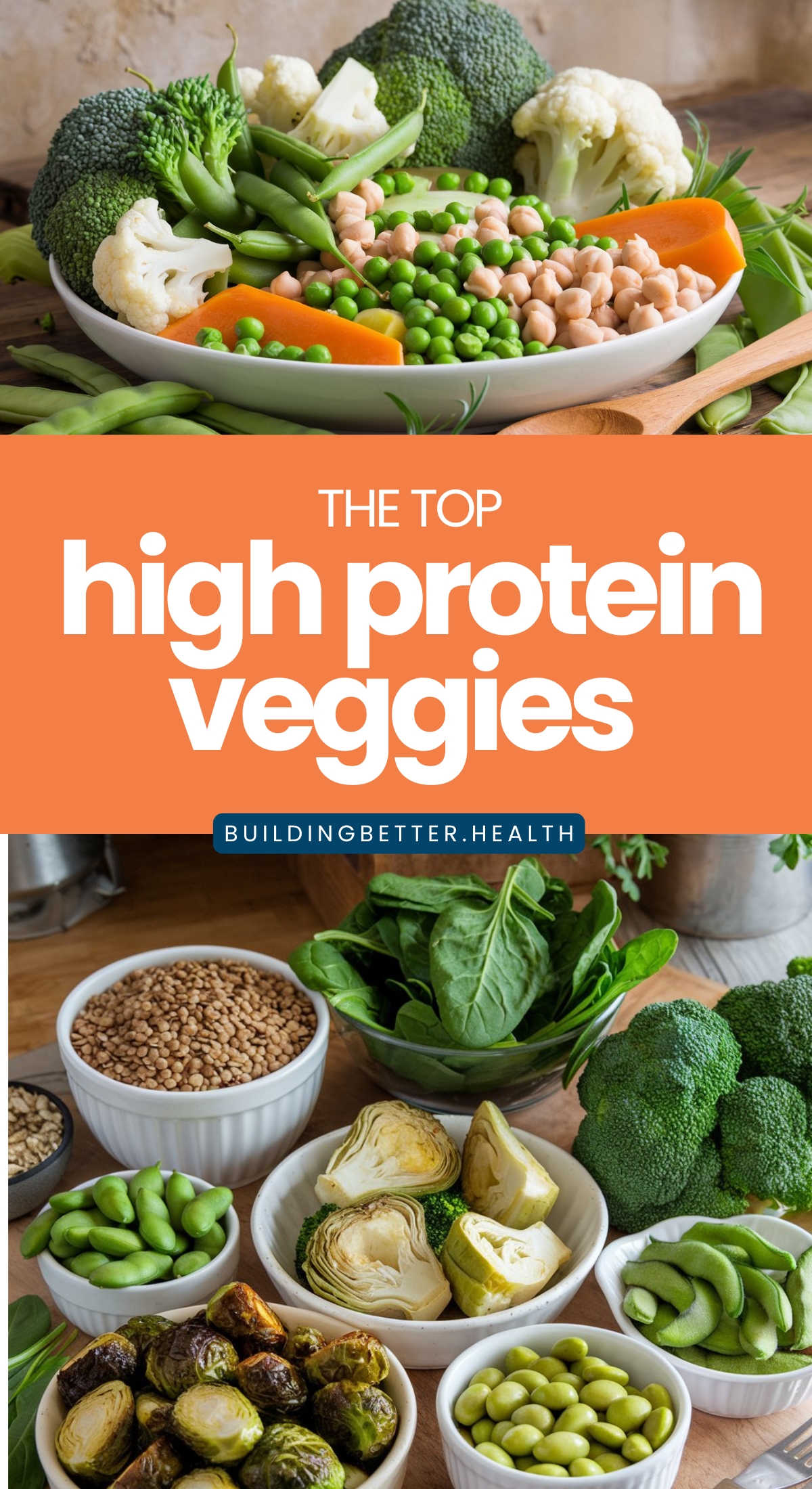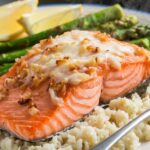
Please note: This website contains affiliate links. As an Amazon Associate, we earn from qualifying purchases at no additional cost to you.
When you think of protein, your mind probably jumps to chicken, eggs, or that giant tub of whey powder sitting on your counter. But did you know vegetables can pack a protein punch too? That’s right—greens and crunchy favorites aren’t just for vitamins and fiber; they can help you hit your protein goals while adding color and variety to your plate.
Whether you’re plant-based, cutting back on meat, or just looking to eat healthier, these high-protein vegetables deserve a spot on your menu. Let’s explore the veggies that prove plants can pull their weight in the protein department.
Why Vegetables Deserve a Spot in Your Protein Game Plan
Vegetables may not always take center stage in the protein conversation, but they play an important role in a balanced diet:
- Nutritional Powerhouses: High-protein vegetables also bring vitamins, minerals, and fiber to the table, giving you more bang for your buck.
- Versatile Pairings: Combine them with beans, tofu, nuts, or whole grains to create meals packed with complete protein.
- Beyond Meat: Even if you’re not vegetarian, adding protein-rich veggies boosts your plate with variety, flavor, and nutrients.
The Top High-Protein Vegetables

Edamame (Soybeans)
Edamame reigns supreme as the MVP of high-protein vegetables. These tender, green soybeans are a complete protein, meaning they contain all nine essential amino acids.
- Protein Content: ~18 grams per cup (cooked)
- How to Enjoy: Steam them and sprinkle with sea salt, toss into salads, or blend into a creamy edamame dip.
Lentils and Split Peas
Technically legumes, but often enjoyed like vegetables, lentils and split peas are protein-packed and ultra-versatile.
- Protein Content: ~15–18 grams per cup (cooked)
- How to Enjoy: Use in hearty soups, veggie burgers, or cold salads for a filling meal.
Spinach
This leafy green isn’t just for Popeye. When cooked, spinach becomes surprisingly dense in protein and nutrients.
- Protein Content: ~5 grams per cup (cooked)
- How to Enjoy: Add it to smoothies, stir into omelets, or sauté with garlic as a quick side dish.
Broccoli
Broccoli is the reliable, crunchy classic that also happens to bring some solid protein to the table.
- Protein Content: ~4 grams per cup (cooked)
- How to Enjoy: Roast with olive oil and garlic, toss into stir-fries, or enjoy raw with a tangy dip.
Asparagus
Sleek and flavorful, asparagus delivers a surprising protein boost with every spear.
- Protein Content: ~4 grams per cup (cooked)
- How to Enjoy: Grill it, roast it with lemon, or chop it into a frittata for a gourmet twist.
Brussels Sprouts
Love them or hate them, Brussels sprouts are nutritional powerhouses packed with protein.
- Protein Content: ~4 grams per cup (cooked)
- How to Enjoy: Roast with balsamic glaze, shred into a salad, or sauté with bacon for a flavor-packed side.
Artichokes
The often-overlooked artichoke is a protein gem wrapped in leafy goodness.
- Protein Content: ~4 grams per medium artichoke
- How to Enjoy: Steam and serve with a lemon dip, stuff with grains and veggies, or toss the hearts into pasta.
Peas
Peas might look unassuming, but they’re a sweet and protein-rich addition to any dish.
- Protein Content: ~9 grams per cup (cooked)
- How to Enjoy: Stir into soups, blend into pea pesto, or toss with pasta for a quick dinner upgrade.
Tips for Maximizing Protein from Veggies
- Pair for Power: Combine high-protein vegetables with grains like quinoa or legumes to create complete protein meals.
- Sneak Them In: Blend spinach or peas into smoothies, soups, or sauces for an easy protein boost.
- Go Diverse: Eating a variety of vegetables ensures you’re getting a range of nutrients and flavors.

FAQs About Protein and Vegetables
Q: Can vegetables alone provide enough protein?
A: While vegetables are a great source of protein, you’ll likely need to combine them with legumes, grains, or other plant-based proteins to meet daily requirements—especially if you’re very active.
Q: Are cooked or raw vegetables better for protein content?
A: Cooking often concentrates the protein content by reducing water weight. For example, cooked spinach has more protein per cup than raw spinach.
Q: What are the best combinations to make a complete protein?
A: Pair high-protein veggies like edamame or peas with grains like rice, or mix lentils with spinach in a warm salad to create a complete protein profile.
Q: How do high-protein vegetables compare to meat or dairy?
A: Vegetables typically contain less protein per serving than meat or dairy, but they make up for it with added fiber, antioxidants, and fewer calories.
Final Thoughts
Who knew veggies could flex their protein power? From crunchy broccoli to creamy edamame, these high-protein vegetables are proof that plants can do it all. Whether you’re boosting your protein intake for weight loss, muscle support, or overall health, these veggies have your back.
Ready to level up your plate? Add some of these power-packed veggies to your meals and enjoy the best of both worlds: flavor and nutrition.
You May Also Like…
12 High Protein Breakfast Recipes
Protein 101: How Much Protein Do You Really Need Daily?
7 Best Protein Shakes & Smoothies

Please note: This website contains affiliate links. As an Amazon Associate, we earn from qualifying purchases at no additional cost to you.










